As the starry night descended upon Bikaner, my colleagues and I hastily ventured into the Swami Mohalla, knowing all too well that we were already running behind schedule. A web of labyrinthine streets concealed the charming imperfections of this historical neighborhood. At the culmination of our exploration, nestled inconspicuously among the row of houses, stood Mahaveer Swami's studio, beckoning us with its unassuming presence.
With determined effort, we pushed open the white iron gate, granting ourselves entry. Carefully removing our footwear, we wrestled with the ornate archaic handle of the gate, finally gaining access to a vast expanse of open space. Our eyes widened in awe as we surveyed the room, discovering that every inch of the walls was adorned with captivating works of art. The studio exuded a sense of grandeur, accentuated by the elongated French windows that bathed the makeshift gallery in soft, natural light.

To our astonishment, the magnitude of the space and the motley display before us left us utterly spellbound. Regardless of our prior haste, we found ourselves involuntarily slowing down, savoring each moment as we immersed ourselves in a kaleidoscope of vibrant greens, blues, and shimmering gold. As a team of four, we gravitated around the room, taking turns in a mesmerizing dance, each artwork commanding our attention. Some were skillfully rendered on canvas, while others found their place within ornate frames. One particular piece stood on a table, bearing the marks of time and weather, yet emanating a unique allure. Within this sanctuary, we bore witness to the coexistence of both pristine and timeworn masterpieces, each with its own story to tell.

Tucked away behind a row of pillars, a vast collection of books awaited us. Spanning a wide range of topics, these volumes delved into the essence of Indian artistry, exploring everything from the cultural nuances of painting to the diverse techniques employed. As we marvelled at the thought that a single individual could have produced such an extraordinary array of artwork, curiosity seized us, compelling us to ponder which literary treasures had nurtured our master artist's creative spirit. Just as we began to delve into the world of books, Mahaveer ji graciously directed our attention to a concealed staircase nestled in the back corner of the room.

Ascending the stairs, we found ourselves on a more intimate upper level floor, where the space buzzed with activity. Cluttered with a collection of large cardboard cartons and traditional Rajasthani furniture, the area exuded a cozy charm, bustling with an abundance of cherished items. However, our attention was captivated by a small, medieval wooden door that stood before us. With a gentle creek, Mahaveer ji swung open the door, revealing a hidden world that lay beyond.

Stepping inside, we were greeted by a small yet surprisingly spacious room adorned with two deewans, each nestled against a wall. Swathed in pristine white sheets, these deewans served as the thrones of both our revered artist and his chosen successor. In this sacred space, where creativity thrived and artistic legacies were nurtured, we couldn't help but feel a sense of reverence and awe.

On Mahaveer Swami's side, an array of wooden, plastic, and bamboo brushes stood ready, eagerly awaiting his skilled hands to wield them. Beside them, a few carefully arranged color bowls awaited their purpose, along with a spare canvas, anticipating the birth of a new creation. Prominently placed atop his table rested a conch, symbolizing Lord Ganesh, the deity associated with new beginnings, ensuring divine presence as he embarked on each artistic journey.

Adorning the front wall behind his seat, a collection of vibrant peacock feathers whispered tales of encounters with foreign artists, serving as mementos from his travels. Amongst them, at the very center, a photograph of his late father held a place of honor, a constant source of inspiration and guidance in his artistic pursuits.
On Anurag's side, my gaze was immediately drawn to a network of wires. Two of them, one connected to his phone and the other to his laptop, bore witness to his relentless dedication. While Mahaveer ji focused on his latest commission, a stunning Guru Nanak portrait, Anurag immersed himself in the digital realm, determined to break through the noise and capture attention in the fleeting moments of modern attention spans.

Contrary to those who may believe that traditional art should remain untouched by modernity and technology, Anurag possesses a profound understanding. Armed with a degree in Fine Arts from Rajasthan School of Art in Jaipur, a postgraduate diploma from the National Museum Institute, and aspirations of pursuing a Ph.D., Anurag recognizes that in order for his ancestors' art to thrive and endure, he must leverage every tool at his disposal to ensure its visibility and desirability.
Anurag's approach involves photographing and digitizing not only his own paintings but also those created by his father, creating an extensive archive that documents their artistic legacy. To achieve this, he collaborates with a professional art photographer who impeccably captures the essence of each piece. Aware that the original artworks can command prices ranging from 36,000 to 30,00,000, Anurag acknowledges that such luxury may be accessible only to a select few. Therefore, he offers prints of their artwork at more affordable prices, catering to a wider audience. These prints, meticulously crafted on acid-free paper with pigment ink, provide viewers with a luxurious experience, capturing the essence and beauty of the original works.

In addition to his meticulous archival efforts, Anurag has established an online presence through a website and an Instagram account, boasting an impressive following of over 7,000 art enthusiasts. Through these platforms, he showcases the art form in its finest light, employing the visual power of social media to captivate and engage viewers.
Undertaking the recording of a comprehensive masterclass on Indian art, which has garnered considerable popularity, is indeed a significant undertaking. As a startup, we strive to allocate our resources efficiently to ensure the smooth execution of these productions. However, despite our best efforts, we occasionally encounter setbacks, like the dreaded moment of running out of memory cards or the disappointment of missing crucial solo shots.

In the case of our Bikaner miniature masterclass, we faced a particular challenge when some of our front shots turned out to be out of focus. The dim lighting conditions within the inner studio contributed to this unexpected outcome. Fortunately, we discovered this issue on our final day in Bikaner, prompting us to contact Swami ji to relay this unfortunate news. To our relief, he graciously granted us permission to reshoot the necessary portions, albeit with a unique condition – he would forgo his formal kurta and instead continue wearing his signature banyan, reflecting the attire in which he works earnestly every day.
With Swami ji's understanding and cooperation, we embarked on the opportunity to capture the essence of his expertise once more, ensuring that the Bikaner Miniature masterclass would uphold its standards and deliver the invaluable insights that viewers have come to expect.

After concluding the shoot, I diligently packed up all our equipment, ensuring its secure storage in the back of the waiting auto. Just as I was about to settle into my seat, the piercing sound of a ringing phone broke through the air. It was Mahaveer ji on the other end, signaling that we had inadvertently left something behind. Without a moment's hesitation, I sprinted back through the narrow alleyway and into the studio, eager to retrieve whatever had been forgotten.
As I stepped inside, I found Mahaveer ji standing there, holding a water bottle and a few albums in his hands. It dawned on me that we hadn't just left behind the bottle, but also the chance to witness his wife's extraordinary artwork. I recalled Mahaveer ji mentioning her talents on the day we arrived, as she graciously served us coolers and sweets. We had promised to explore her creations, but amidst the whirlwind of our activities, it had slipped our minds. However, Mahaveer ji, ever mindful of his better half's artistic accomplishments, had a delightful surprise in store for us. With a mix of pride and affection, he shared exquisite samples of Mandana and Sojni art, meticulously preserved within those albums.

Moved by this unexpected encounter, I instinctively reached for my camera, eager to capture the beauty and uniqueness of Sushila Swami's white-on-white compositions. As we laughed and conversed, a profound realization washed over me. This studio possessed an undeniable allure, one that rekindled an old-world charm and tugged at my heartstrings. It must be something truly extraordinary, for every member of the Swami family to possess a spine-tingling artistic ability, akin to the precious gems adorning the treasury of Bikaner's palaces.

As I walked back, I understood that this journey was far more than a mere travelogue or a documentation of art. It was an exploration of the kindred human spirit, a celebration of the timeless creativity that resides within us all. And it was this intangible essence that compelled me, time and again, to return to this extraordinary place that the Swami family called home.


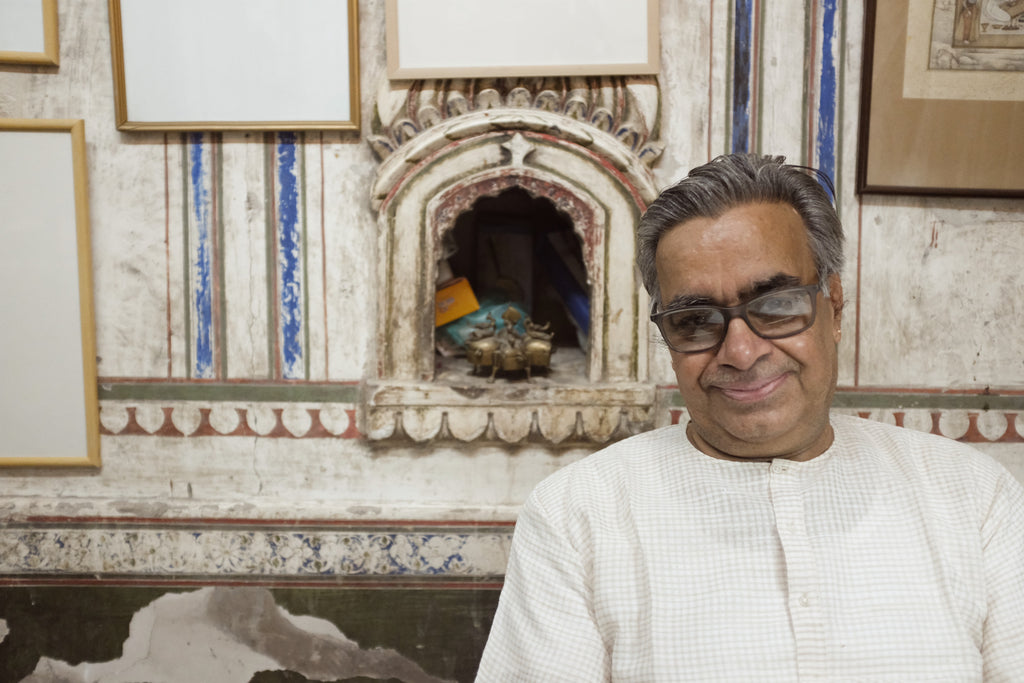










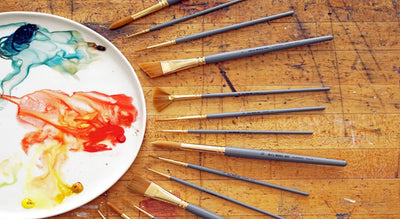

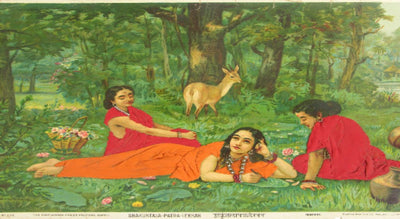
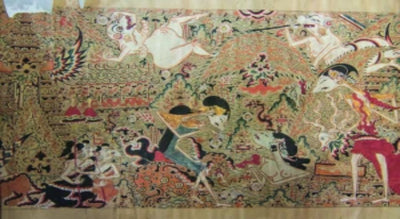
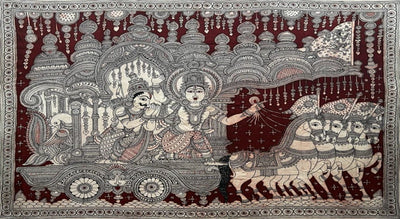

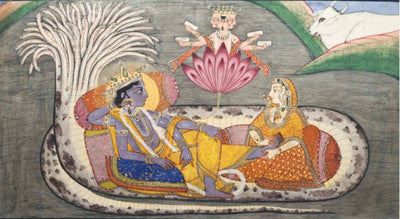

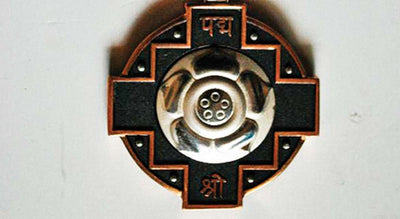

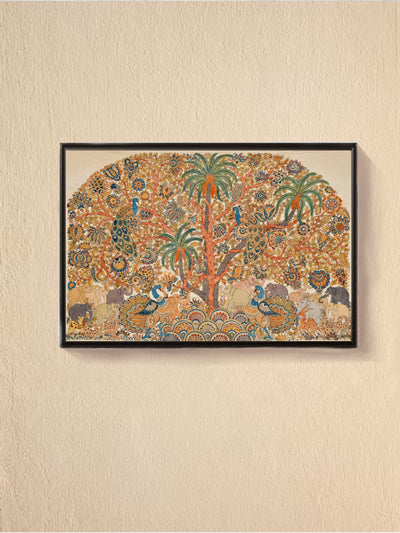







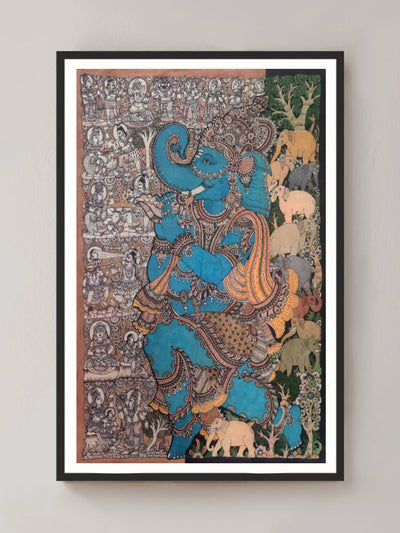








0 comments